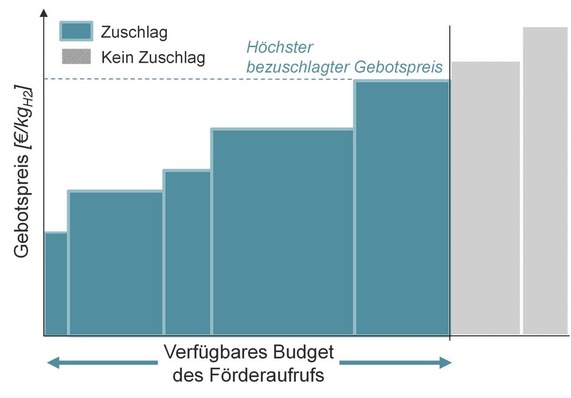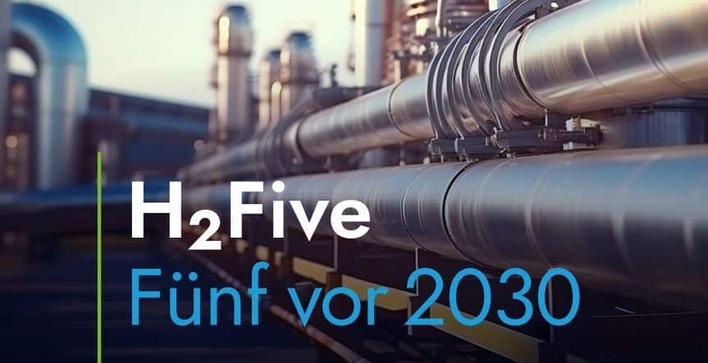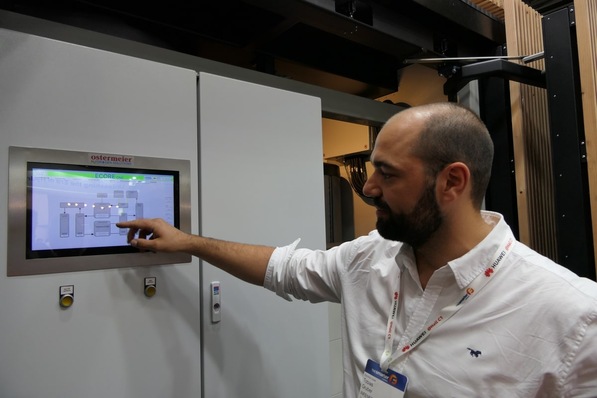Startups in the hydrogen and fuel cell industry, such as Enapter, Lhyfe and Clean Logistics, have received fresh equity via the stock exchange to implement their business plans and to evolve robust company stories from mere visions. The stock exchange is indeed also the right place to spread the investment risk over many shoulders (institutional and small shareholders). Investors willingly provide the necessary capital so that they can push along the company’s growth with their own strength.
At a premiere celebration for Clean Logistics’s fyuriant (see p. 36), André Steinau, managing director of GP Joule Hydrogen, announced to H2-international that its parent company had just reserved 40 assembly stations for 40 fyuriants: “We will solve, with the production of H2, the building of H2 refueling stations and the offering of vehicles, the well-known chicken-and-egg problem.” Shortly afterwards, CL and GPJ signed a framework agreement for the supply of 5,000 H2 trucks.
Further share issuances have a high probability of following, in order that the company can perfectly finance things itself. The company often has, through the IPO and the stock market listing, quite generous company valuations, calculated by the total number of shares multiplied by the stock market price. Here, it must be taken into account that the number of freely available shares – the free float – almost always comes out to be very low and the overall valuation of the company on the stock exchange therefore corresponds instead to a theoretical value, since the vast majority of shares are held by the company’s founders and management.
An investor in these stocks will have to think about how long they plan to hold the investment. Because these companies will initially write losses, as a result of the use of capital obtained via the stock exchange. There must first be a building up of production capacity, which must be done from scratch. In addition, specialist personnel are needed to turn the plans into reality. Is it therefore possibly better to realize quick price gains after the IPO (initial public offering)? Can the companies constantly come up with (good) news, which is a prerequisite for higher, so raising of, share prices?
In a nutshell: The abovementioned shares are better acquired as a package via a fund, since with the spread of risk over many different stocks in the area hydrogen and fuel cells, the overall trend and a whole industry can be better assessed than in the case with individual stocks. In such funds are of course also heavyweights that are blue chips at the stock exchange and, with their lower volatility, provide a balance to the strong price fluctuations of the small stocks.
Examples here are Siemens Energy, Linde, Air Liquide, Weichai and Cummins. Because clear is: Small companies in the startup range with the designation small- or microcap are much more volatile in their price performance than stocks with very high market capitalization. With a fund, this volatility is balanced out or minimized, since investors participate in the overall trend of this strongly growing segment by raising the prices.
Additionally, a sensible strategy may be to not make a one-time investment, but rather to build up an invest over a longer time period, for example monthly tranches. This would make use of the so-called cost-average effect (dollar-cost averaging). You gain a good average price course over time from the fact that the fund is always valued differently, so you receive more or fewer shares for the same monthly investment amount. With a horizon of ten years or longer, you are statistically always right, as this time period will see some bull markets and some bear markets and you can buy again at sometimes high and sometimes low prices along the course and obtain a very good average annual return.
Also to consider: For hydrogen and fuel cells, the megatrend on the stock market is just beginning. This means that such investments have above-average potential to increase in value and can be dubbed “sustainable.”
Disclaimer
Each investor must always be aware of their own risk when investing in shares and should consider a sensible risk diversification. The FC companies and shares mentioned here are small and mid cap, i.e. they are not standard stocks and their volatility is also much higher. This report is not meant to be viewed as purchase recommendations, and the author holds no liability for your actions. All information is based on publicly available sources and, as far as assessment is concerned, represents exclusively the personal opinion of the author, who focuses on medium- and long-term valuation and not on short-term profit. The author may be in possession of the shares presented here.
Author: Sven Jösting, written August 30th, 2022









